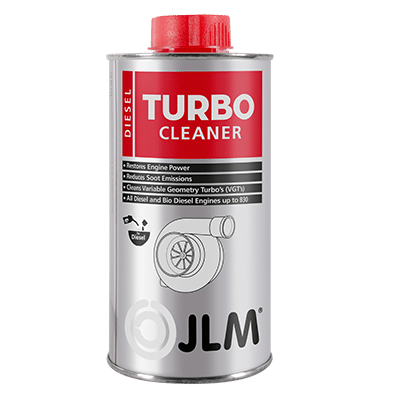A DPF or soot trap filters particulate matter from diesel cars. This diesel particulate filter is a major contribution to the reduction of harmful emissions. Particulate filter regeneration fluid supports the good operation of the particulate filter. JLM explains how the cleaning process works and why high-quality particulate filter regeneration fluid is so important.

Diesel engines traditionally produce more soot than petrol engines. The application of new injection techniques has greatly improved this. During the combustion process in modern diesel engines, considerably less soot is released than in the past. After-treatment of the exhaust gases remains necessary to meet the current emission requirements.
The soot particles created during the combustion process are discharged through the exhaust system together with the exhaust gases. The exhaust system of a modern diesel engine has several filter systems. After the oxidation catalyst, the gases are passed through a soot filter. Self-cleaning process as the name implies, the particulate filter filters particulate matter from the exhaust gases. During the filtering process, the particulate filter gradually fills itself with soot. To prevent clogging, the particulate filter cleans itself regularly. This process is also known as regeneration. When the particulate filter contains a certain amount of soot, the regeneration process is started. During regeneration, the particulate matter burns and the particulate filter cleans itself internally. The self-cleaning process ensures the optimal functioning of the particulate filter, the engine and the other components of the exhaust gas cleaning system.
Two techniques
Car manufacturers use two techniques to regenerate the particulate filter and burn soot particles. One of the ways to increase the temperature in the particulate filter is through post-injection diesel fuel. Due to the post-injection, the particulate filter can reach temperatures of more than 550°C. Due to the high temperature, the soot particles burn and the particle filter cleans itself.
There are also car manufacturers that support the regeneration process with the addition of special diesel particulate filter regeneration fluid. The particulate filter regeneration fluid is contained in a separate reservoir and is added to the fuel by a dosing system. The engine management controls the dosage. The particulate filter regeneration fluid ensures that soot particles burn at a lower temperature, namely from 450°C. Even if the driving conditions are not optimal, this allows an effective regeneration of the particulate filter. Depending on driving conditions and other factors, the particulate filter regeneration process takes place every 400 to 1,000 kilometers. This technique was developed by PSA (Peugeot-Citroen Group) and is also known as the FAP filter (filtre à particules) technique. This technical solution can now be found in a large number of car makes and models such as Peugeot, Citroen, Ford, Volvo, Mazda, Fiat, Skoda, Mini, Jaguar and others.
Service life
For diesel vehicles that use particulate filter regeneration fluid, this fluid must be topped up regularly. Most vehicles warn in time when this is necessary. The use of good quality diesel particulate filter regeneration fluid extends the life of the particulate filter.
JLM Diesel DPF Particulate Filter Regeneration Refill Fluid (J02260) is a high-quality replacement for OE regeneration fluids. JLM: one alternative for four particulate filter cleaning fluids Since the introduction of particulate filters with regeneration fluid, around the year 2000, four different generations of the particulate filter regeneration fluid have been introduced on the market. JLM Diesel DPF Particulate Filter Regeneration Refill Fluid has been developed to replace all four generations of fluids. It is therefore no longer necessary for car parts wholesalers and workshops to stock different types of particulate filter regeneration fluids.

